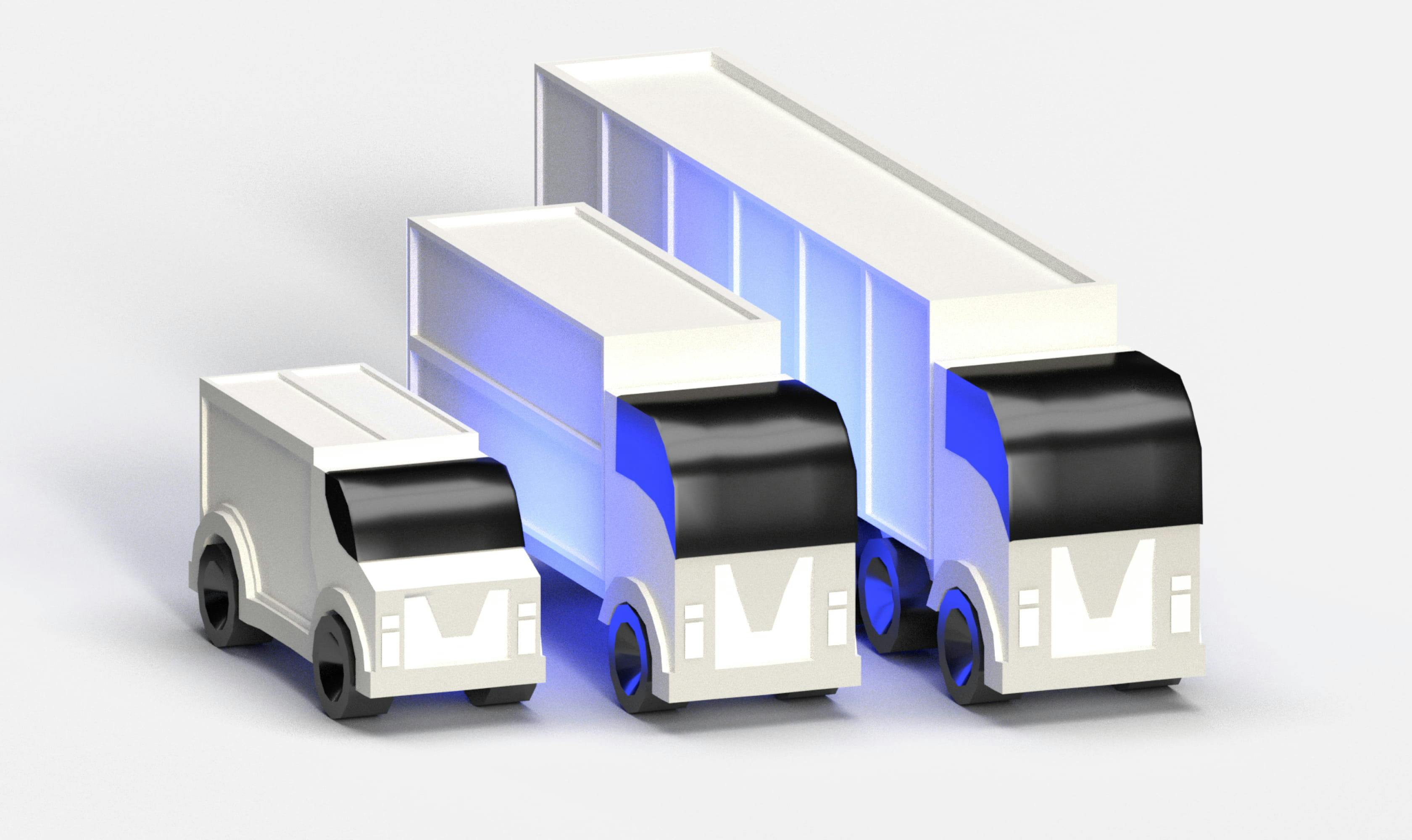If you’re involved in any way in your company’s supply chain and logistics initiatives, the last year certainly put you and your team to the test. These unprecedented times we’re facing have pushed many companies’ operations to the breaking point.
Now that we’re in 2022, things should revert back to normal (whatever that means), right? Not quite! While some economic conditions and supply chain bottlenecks may begin to moderate, the challenges facing logistics professionals seem never-ending.
So what are some of the biggest challenges facing supply chain professionals today? Stord’s team works with hundreds of companies every day to drive efficiencies and optimize their operations across a range of freight, warehousing, fulfillment and packaging requirements.
From our daily engagement (and years of deep industry experience), these are some of the issues that should prove most impactful this year, and some ideas on how to overcome some of those challenges.
Constrained Labor
"More and more companies will face labor shortages in general. This will increase the ROI for automation across logistics networks. Retailers will also be faced with more direct-to-consumer (DTC) needs which can heavily impact their supply chain."
- Bradley Weill, VP Product
Managing More and More Partners
"Managing a supply chain requires working with multiple vendors for physical or technical solutions. More partners require significant overhead and capital to maintain."
- Sarang Damle, Group Product Manager, Orders & Inventory
Data and Service Capability Silos
"Supply chains are too often built in and operate from silos. There are silos responsible for "manufacturing" and "inbound planning" (international/customs). From there, there are more silos focused on how the product is sold and delivered, such as "B2B retail distribution teams," "ecommerce fulfillment teams," "reverse logistics teams" and so on.
Supply chain professionals want to be able to span a product's entire lifecycle, not just one piece of the journey. The problem is they can't do this today when they are piecing together different 3PLs and different software for all of these silos."
- Sean Henry, CEO
Patching Together Supply Chain Elements
"I believe the secret is out - companies for years have skirted by with sub-optimal supply chains, limited visibility, poor partners and inflexible tools, and then struggled to patch all these together to serve their end customers. However, the last two years have taught us that this approach simply is not good enough anymore; existing and planned supply chain investments, improvements and overall strategies need to be re-thought.
However, for a lot of those companies, the answers are relatively similar: Nearshoring to increase state-side safety stock, and adopting new technologies to increase visibility and ideally, shorten lead times to end customers. Increasing pressures in these specific areas have caused costs to rise enormously, causing difficult questions for businesses."
- Thea Dietrick, Manager of Customer Success
Constraints of Limited Point Solutions
"There are few tools purpose-built to support every aspect of the supply chain, resulting in costly and vastly inefficient “systems.” Even large companies that can afford substantial investments in multiple solutions never achieve the end state they strive for, and often get “stuck” with these systems long-term because they spent so much on them, limiting their ability to adapt to the ever-changing marketplace.
Too many companies end up investing in an integration partner (or in most cases, multiple integration partners), an inventory management system, an order management and a business intelligence (BI) tool at a minimum only to realize after the fact they are specialized solutions that they quickly outgrow, and never operate as seamlessly as they need to. It’s more and more difficult for companies to see value from the investments already made, such as in a BI tool, because their systems remain disconnected. Ensuring there is faith in the data being put into these systems and consistent processes across the organization is increasingly difficult for most companies.
This is where we see opportunity by addressing multiple areas of need that would otherwise be served by a range of disparate point solutions. By managing the end-to-end process and execution of your supply chain across all of these categories, Stord helps companies realize value for all their stakeholders across their business."
- Brian Bradshaw, Software Account Executive
Meeting Customer Expectations
"I'd say some of the big challenges for supply chain professionals include on time delivery, returns and acceptance rates. Other challenges include staffing, manual inventory tracking and access to new robotics technology."
- Danielle Harward, Senior Manager, Business Development
Packaging Pricing Costs
"One factor faced by our customers is the rising raw material costs of packaging inputs. For example, the price of 42# linerboard has gone up 35% in the last 12 months, over the course of 4-5 price increases. This is a huge headwind hindering margin improvements for brands. The plastic resins market has faced similar headwinds since April 2021, further eroding margin."
- Will Brown / Director of Packaging
Supply Chain Visibility and Connectivity
"More and more companies find themselves tied to a vast array of disparate solutions and tools across their logistics network. This leads to challenges in visibility and connectivity across the vast array of the solutions required to run their supply chain."
- David Hardwick, VP of Engineering
Managing Volatility
"Today's supply chain professionals face a multitude of challenges. Top of mind is managing volatility - from rising raw material and labor costs to ever-evolving demand. In order to stay ahead of today's challenges, supply chain and procurement managers need actionable, aggregated, real-time data at their disposal."
- Robert Martin / Director, Logistics Sales
Visibility and Data Integrity
"Oftentimes, especially for rapidly growing brands, we hear from operations managers that it's very difficult or near impossible for them to have a clear cut picture of what exactly is going on in their supply chain. From inventory to order management, it requires a team of people logging in to different systems and/or emailing back and forth with partners to (try to) piece together the information needed to understand their current state of orders, inventory, deliveries and more.
Naturally, with many different systems and delays in information exchange, this often leads to incorrect or outdated data. Companies are increasingly realizing they need to receive and maintain accurate data on their supply chain in order to plan/forecast for the future and execute at a high level for their customers in real time."
- Matthew Wendelken, Software Account Executive
Internal Data to External Pressures
"Challenges are often found both inside and outside a company. More logistics teams are looking for more granular visibility into their internal operations to better optimize their business. They’re struggling with demand forecasting. And one particular issue has been the inability to effectively use and compare against FY20 data (with COVID considered a “black swan” event). Externally, a combination of rising freight costs, inflation, and labor/material shortages will make 2022 likely as challenging as last year."
- Ibrahim Ashqar, Director of Data Science
What Challenges and Risks Are You Facing in 2022?
So, are you ready for 2022? Where are you at risk? Which challenges do you see most impacting your business results this year? And most importantly, are your supply chain systems and processes fully optimized and positioned to support your expected growth this year?
If you’d like to explore how you could improve your logistics operation, or curious as to how a cloud supply chain approach could transform your operations, we’d love to talk.






